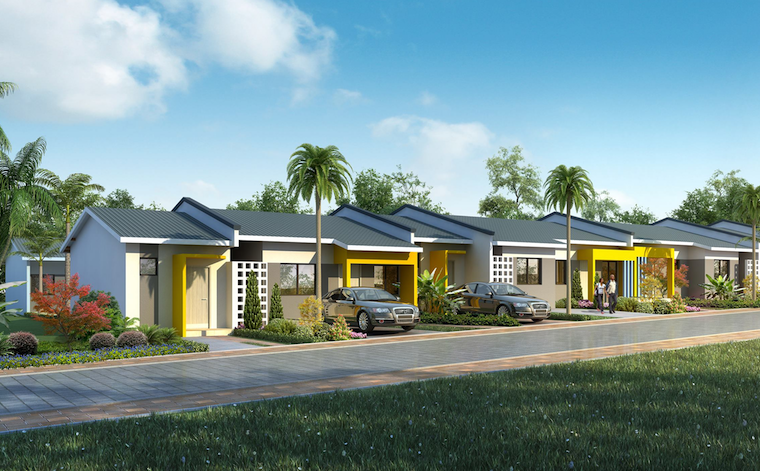UGANDA, Kampala | Real Muloodi News | Three decades of targeted investment in agriculture by the Government of Uganda has not provided substantial economic growth and transformation, according to Fred Nyanzi, Urban Planner at Buganda Land Board.
Mr. Nyanzi, who recently authored an article that appeared in the Daily Monitor, proposes a shift in a strategy to focus on real estate developments – urbanization – for economic transformation.
Despite massive investments in the agricultural sector, with specific programs like Entandikwa, Plan for Modernization of Agriculture (PMA), National Agricultural Advisory Services (NAADs), Operation Wealth Creation (OWC), among others, on top of a 3% budget allocation, there has been little to show in terms of benefits, claims Mr. Nyanzi.
The National Industrial Policy of 2008 intended for the industrial sector take up a significant GDP contribution. Government designed it to interrelate with agriculture, targeting industries that add value to agricultural products.
Twelve years later, the Ugandan economy is significantly reliant on agriculture. Once agricultural production is impacted by natural factors like drought and floods, GDP is also impacted in equal measure, he says.
Time to Try Something New: Invest in Real Estate For Economic Transformation
Mr. Nyanzi suggests that investing in real estate and urbanisation is a more realistic approach to promoting economic growth.
To illustrate, Mr. Nyanzi looks to the United States. Joe Biden recently introduced the U.S. Administration’s $2 trillion infrastructure plan to stimulate the U.S. economy. Biden’s eight-year plan aims at facilitating recovery from the adverse effects of COVID-19. At least 80% of the budget will target urban centres, writes Mr. Nyanzi.
Using this example, Uganda can apply a similar strategy. For instance:
- If the government identifies 10 acres of land in Katwe at USh 2bn per acre, they could build 463 apartment units. The seed capital for the building would be USh 144bn, which could be funded through external investment.
- Construction wages are typically 20% of the budget. Therefore, USh 144b would equate to 2,405 construction jobs for the three years of the project.
- One direct job in the construction sector supports three jobs in other sectors, such as production of construction materials, delivery trucks, etc. Therefore, the project would create an additional 7,215 indirect jobs.
How Investing in the Real Estate Sector Pays Off
- Continuing from the above example, the government would earn USh 6 billion in PAYE from the construction jobs, and another USh 17 billion from the indirect jobs over the course of 3 years.
- Assuming a 70% occupancy rate of new units, USh 140 million would go to KCCA in building fees, and another USh 364 million per annum in property tax.
- KCCA would collect another USh 3 billion from condominium title fees.
- Local financial institutions would earn USh 438 million annually in interest from mortgage financing over 20 years.
- The urban community created from the project requires food. An average of 501 farmers could profit by producing food crops for a ten-acre community, not to mention growth in other service industry sectors.
This example illustrates that shifting economic policy from direct investment in agriculture into housing stimulates the economy in multiple ways, while still stimulating the agriculture sector. It truly transforms the nation’s economic structure, says Mr. Nyanzi.
Mr. Nyanzi explains that Buganda Land Board is currently working with several local partners to establish a 2,500-unit project in Kampala along these lines. He advises the government to learn from this project.
READ MORE LIKE THIS:



